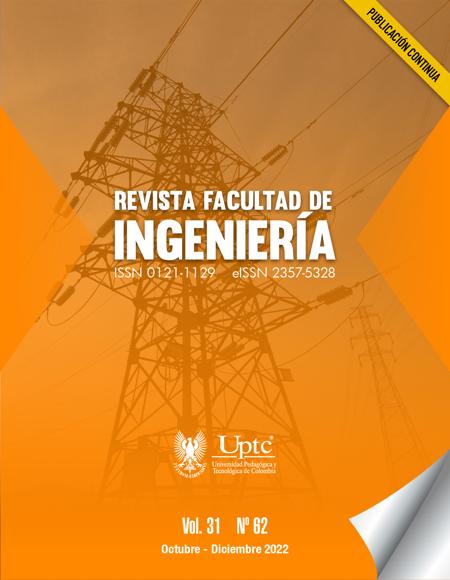Proposal for the Implementation of Crowdmapping for the Recognition of Social Housing in Urban City Councils

Abstract
Presents a study of crowdmapping as a practice for collaborative mapping in information management in order to make a proposal for the implementation of Crowdmapping within the process of recognition of Social Interest Housing (VIS) carried out by urban curatorships as an alternative in the optimization of internal management processes. For this purpose, a review of the process and data management model of three pioneering and current collaborative platforms in this practice was carried out. The crowdmapping workflow was analyzed and it was integrated into the recognition process to be implemented using a collaborative platform. The design of tasks, assignment of roles and strategies for data collection were key elements within the workflow in order to develop participatory capabilities in the community and have a shared management with quality. The outcome was a Crowdsourced collaborative map that provides relevant information to officials and administrators of the curatorial offices in the stages of achieving VIS recognition.
Keywords
collaborative map, collaborative platforms, crowdmapping, crowdsourcing, geolocation, workflow
Author Biography
Rafael-Andrés Larrota-Forero
Roles: Conceptualization; Methodology; Writing – original draft; Writing – review & editing.
Juan-Sebastián González-Sanabria
Roles: Conceptualization; Methodology; Writing – original draft; Writing – review & editing.
References
- U. Mezzacapo, “Crowdmapping e civic engagement nella società digitale,” Grade Thesis, Università di Bologna, Italia, 2017. https://doi.org/10.6092/unibo/amsdottorato/8223
- M. F. Goodchild, “Citizens as Voluntary Sensors: Spatial Data Infrastructure in the World of Web 2.0,” International Journal of Spatial Data Infrastructures Research, vol. 2, no. 2, pp. 24–32, 2007.
- J. Howe, The Rise of Crowdsourcing, 2006. http://www.wired.com/wired/archive/14.06/crowds_pr.html
- E. Estellés-Arolas, F. González-Ladrón-De-Guevara, “Towards an integrated crowdsourcing definition,” Journal of Information Science, vol. 38, no. 2, pp. 189–200, 2012. https://doi.org/10.1177/0165551512437638
- T. Sandoval-Martín, Ó. Espiritusanto, “Geolocation of information and data mapping with Ushahidi in online journalism,” Profesional de la Información, vol. 25, no. 3, pp. 458–472, 2016. https://doi.org/10.3145/epi.2016.may.16
- K. V. Pinilla Guerrero, “Agroecobogota,” Revista de Geografía, vol. 34, no. 2, pp. 2014–2016, 2017,
- A. Andrey, A. Barrera, “Impact evaluation of the curadurías urbanas (general contractor licenses) in the illegal constructions on Bogotá, Colombia,” Thesis, Universidad Militar Nueva Granada, Colombia, 2021
- C. Zurbriggen, M. G. Lago, “Innovación y co-creación: nuevos desafíos para las políticas públicas,” Revista de Gestión Pública, vol. 3, no. 2, pp. 329-361, 2014.
- B. de Jesús, R. Arredondo, “The informal urban development in the city of Medellín,” CES Derecho, vol. 2, no. 2, pp. 1-15, 2011.
- F. de Filippi, C. Coscia, R. Guido, “MiraMap: A Collective Awareness Platform to Support Open Policy-Making and the Integration of the Citizens’ Perspective in Urban Planning and Governance,” in Technologies for Development, Springer International Publishing, 2018, pp. 127–139. https://doi.org/10.1007/978-3-319-91068-0_11
- M. S. Dittus, “Analysing Volunteer Engagement in Humanitarian Crowdmapping,” Doctoral Thesis, University College London, United Kingdom, 2017.
- G. van Alphen, “A multi-platform crowd-mapping application for urban object mapping us-ing street-level imagery,” Master Thesis, Delft University of Technology, Netherlands, 2020.
- R. Martínez, R. Rodríguez, P. Vera, “Metodología para el Tratamiento del Proceso de Crowdsourcing en Aplicaciones Móviles Basadas en Servicios de Geolocalización,” Revista Latinoamericana de Ingeniería del Software, vol. 4, no. 4, pp. 175-186, 2016.